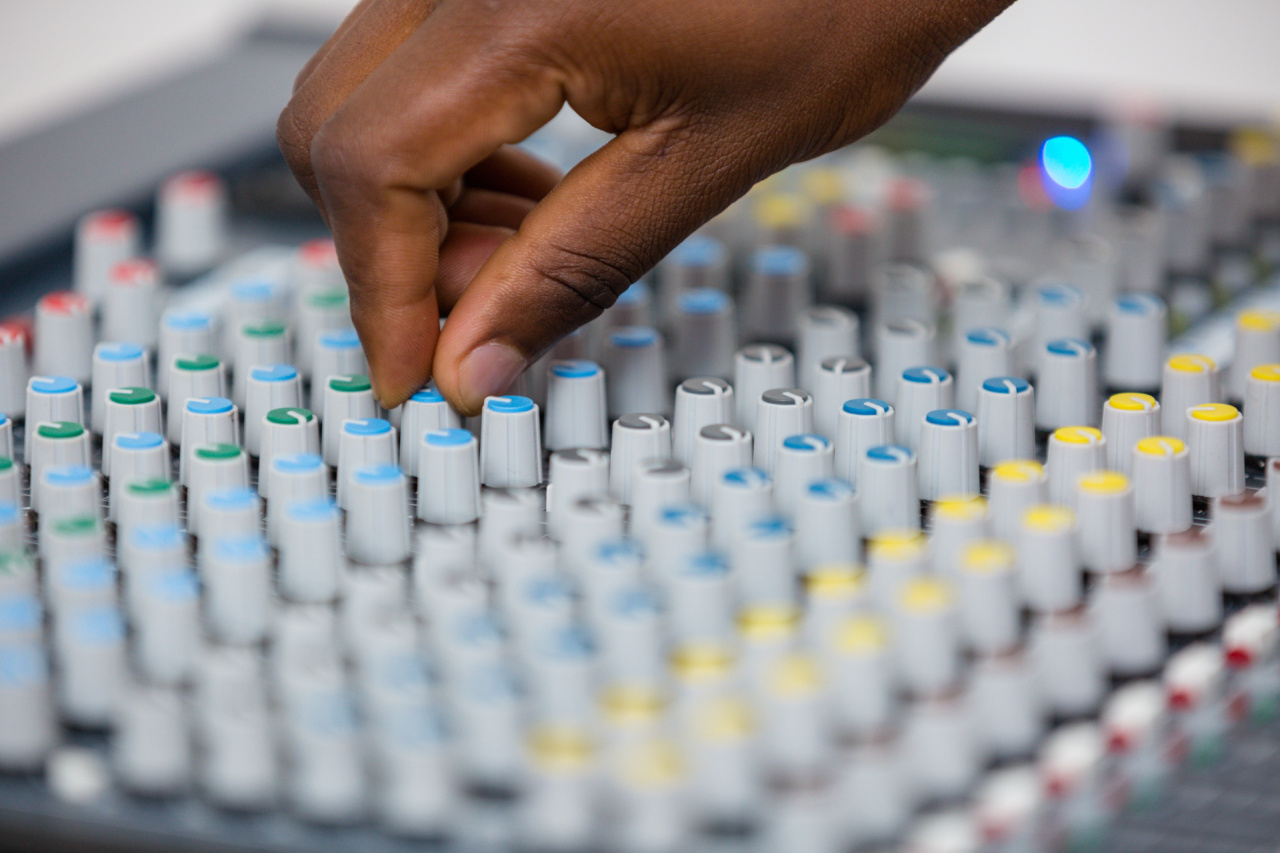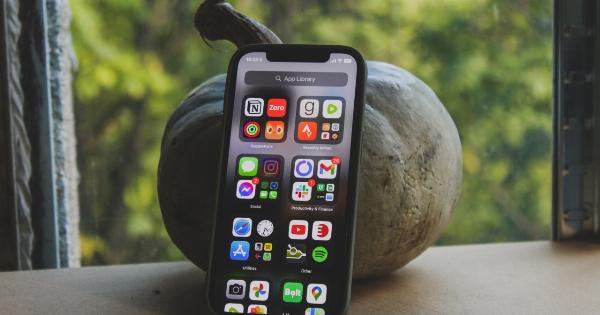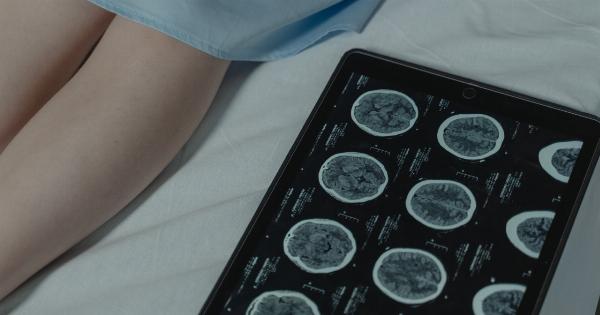Prediction is an important tool that helps us make informed decisions in business, politics, science, and even in our daily lives. It involves analyzing past data, patterns, and trends to anticipate future outcomes.
Prediction is not a new concept, we have been using it for centuries, but the methods and tools we use to predict have evolved with time. In this article, we will explore the art of prediction and how it can help turn things around.
What is Prediction?
Prediction is the process of using historical data to estimate or forecast future events or trends. The methods used in prediction vary depending on the field, but the basic idea is the same.
A prediction is made based on what has happened in the past, and that prediction is used to make decisions in the present.
The Importance of Prediction
Prediction is important because it helps us make informed decisions. It allows us to anticipate future outcomes, and this knowledge helps us prepare for those outcomes. In business, prediction is essential.
Companies use it to forecast sales, demand, and market trends. They use it to make decisions about investments, production, and marketing strategies. In politics, prediction is used to forecast election results.
It helps candidates and their teams determine where to focus their resources, and it helps political organizations prepare for the outcome of elections. In science, prediction is used to make hypotheses and design experiments. It allows scientists to anticipate the results of experiments and to plan accordingly.
The History of Prediction
Prediction is not a new concept. In ancient times, people used astrology and other forms of divination to predict future events. The Greeks and Romans used oracles to ask the gods for guidance, and the Chinese used divination tools like the I Ching.
In the Middle Ages, alchemists used prediction to try to turn lead into gold. During the Renaissance, prediction became more scientific. Astronomers used observation and calculation to predict the movements of the stars, and mathematicians began using statistical analysis to predict the outcomes of games of chance.
In the modern era, prediction has become more precise and sophisticated. With the advent of computers and big data, prediction has become a major industry.
Methods of Prediction
There are many methods of prediction, ranging from the simple to the complex. Some methods are based on intuition, while others are based on statistical analysis. Here are a few of the most common methods of prediction:.
1. Trend Analysis
Trend analysis involves analyzing historical data to identify patterns or trends. The idea is that if a trend has been established in the past, it is likely to continue in the future.
For example, a company might study its sales over the past few years to identify whether sales are increasing or decreasing. If sales are increasing, the company might predict that they will continue to increase in the future.
2. Regression Analysis
Regression analysis is a statistical method for analyzing the relationship between two variables. The idea is to identify a mathematical formula that describes the relationship between the two variables.
For example, a company might use regression analysis to identify the relationship between sales and advertising expenses. This relationship could then be used to predict future sales based on advertising expenses.
3. Simulation
Simulation involves creating a virtual model of a complex system and running it to predict future outcomes. For example, a company might create a simulation of its production process to identify potential bottlenecks or inefficiencies.
The simulation could then be used to make decisions about how to improve the production process.
4. Expert Opinion
Expert opinion involves asking knowledgeable people for their opinion about future events or trends. For example, a company might ask industry experts for their opinion about the future of the industry.
This information could then be used to make decisions about investments or strategies.
5. Machine Learning
Machine learning involves using algorithms to identify patterns in large datasets. The idea is that the machine can identify patterns that are not visible to humans.
For example, a company might use machine learning to analyze customer data to identify patterns in customer behavior. This information could then be used to predict future customer behavior.
The Art of Prediction
Prediction is both an art and a science. It requires a combination of analytical skills and intuition.
The most successful predictors are able to see patterns and trends that others miss, and they are able to make accurate predictions based on limited data. But prediction also requires creativity and imagination. The best predictors are able to think outside the box and see connections that others do not.
One key to successful prediction is to be open-minded. Predictors who are too attached to their own ideas or assumptions are more likely to miss important information. Another key is to be willing to change course when new information comes to light.
Predictors who are too rigid in their predictions are more likely to miss important trends.
Turning Things Around
Prediction can be a powerful tool for turning things around. By identifying patterns and trends, we can anticipate future outcomes and prepare for them.
This knowledge can be used to identify problems before they become too severe and to develop solutions before it’s too late. For example, a company might use prediction to identify potential problems in its supply chain. By anticipating these problems, the company can take steps to prevent them from occurring or to mitigate their impact.
Prediction can also be used to identify opportunities. By identifying trends and predicting future outcomes, we can identify opportunities to innovate, to expand into new markets, or to improve existing products.
For example, a company might use prediction to identify a new market for one of its products. By anticipating the needs of this market, the company can develop a new product that meets those needs.
Conclusion
Prediction is an important tool that has been used for centuries. The methods and tools we use to predict have evolved with time, and they continue to evolve as technology advances. Prediction is important because it helps us make informed decisions.
It allows us to anticipate future outcomes and to prepare for them. The art of prediction requires a combination of analytical skills and creativity. The most successful predictors are those who are open-minded, willing to change course when new information comes to light, and able to think outside the box.
Prediction can be a powerful tool for turning things around. By identifying patterns and trends, we can identify problems before they become too severe and opportunities before they pass us by.



























